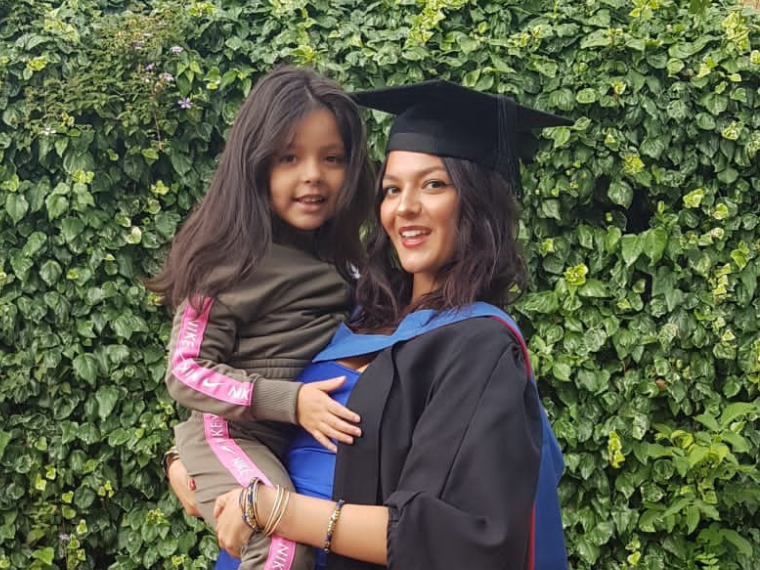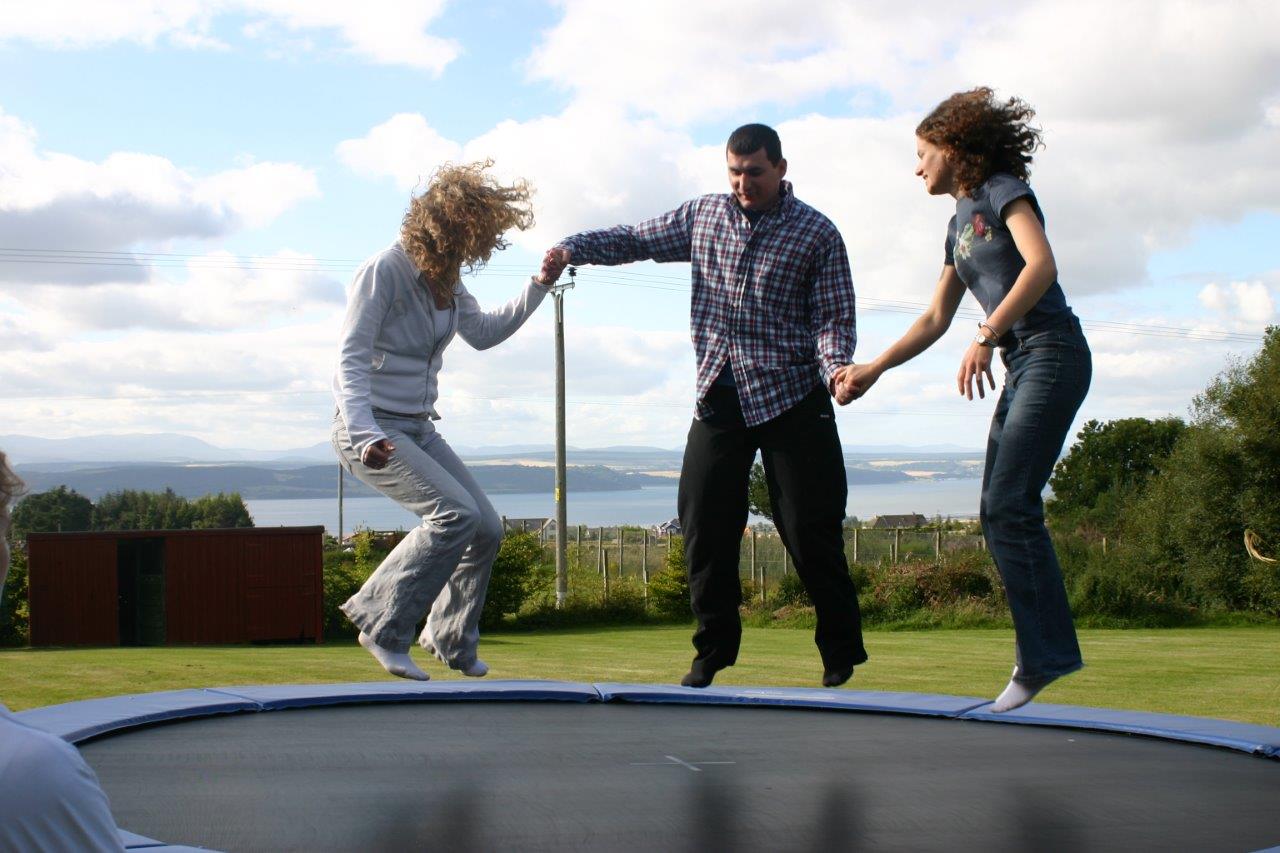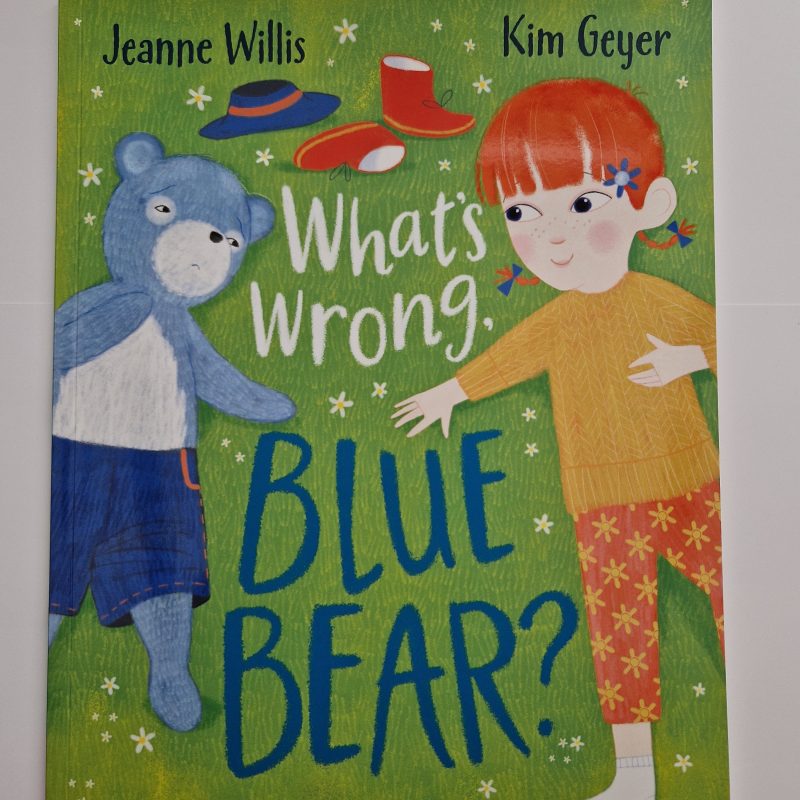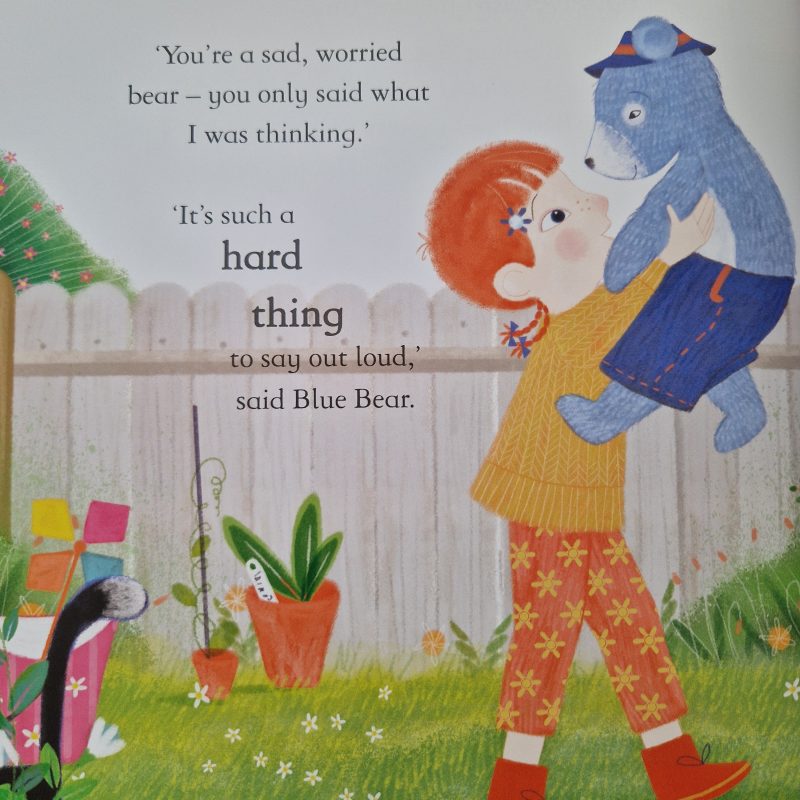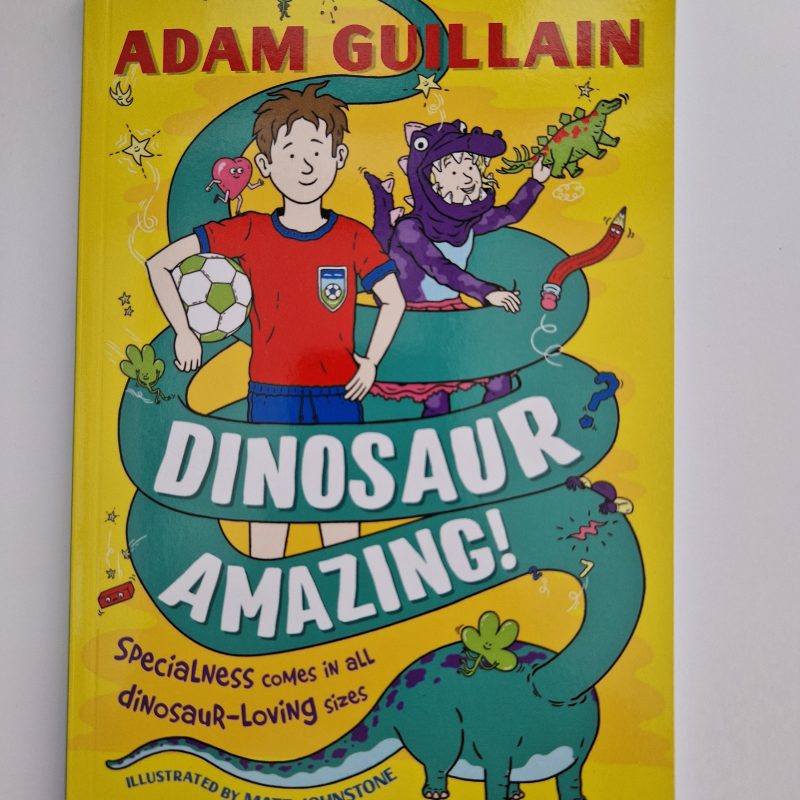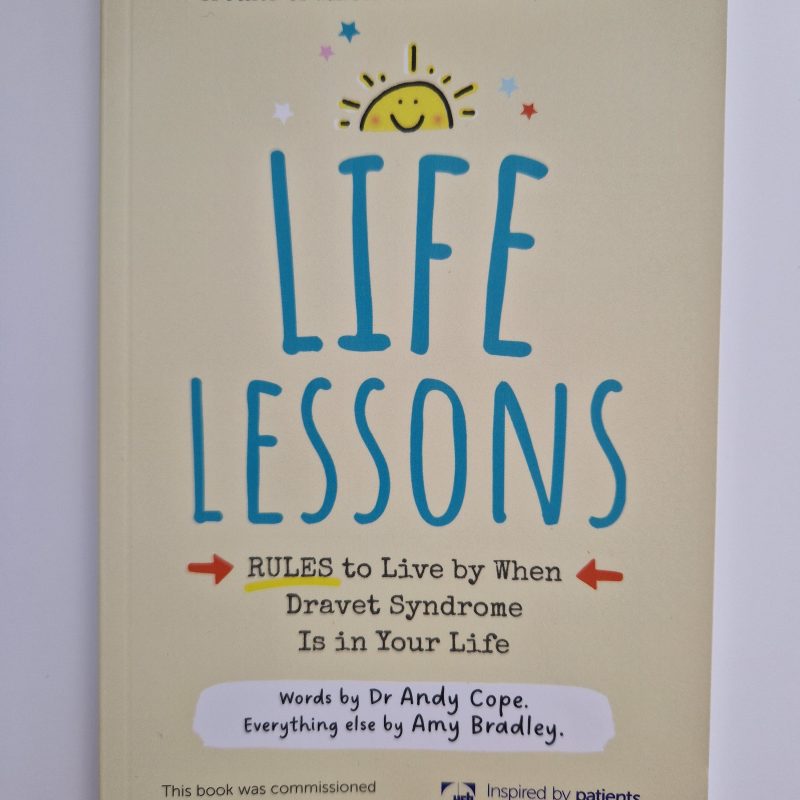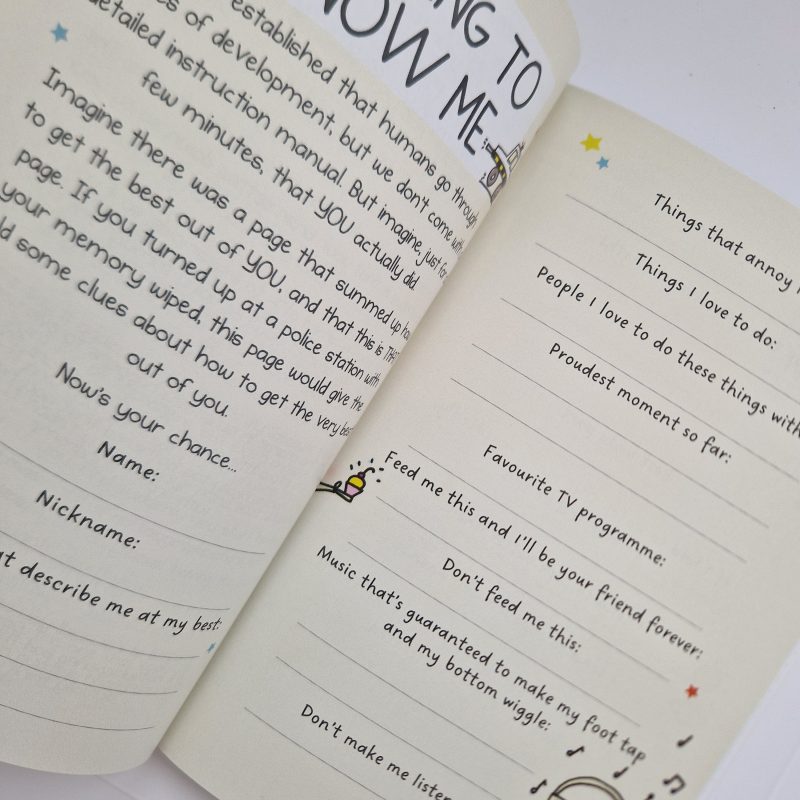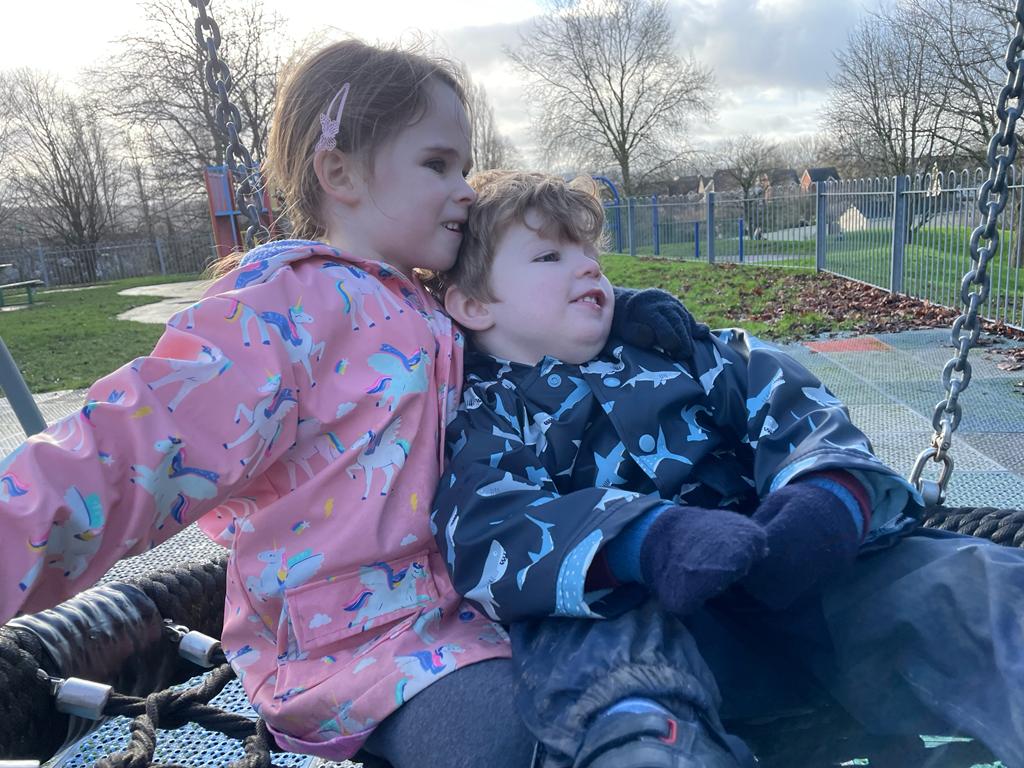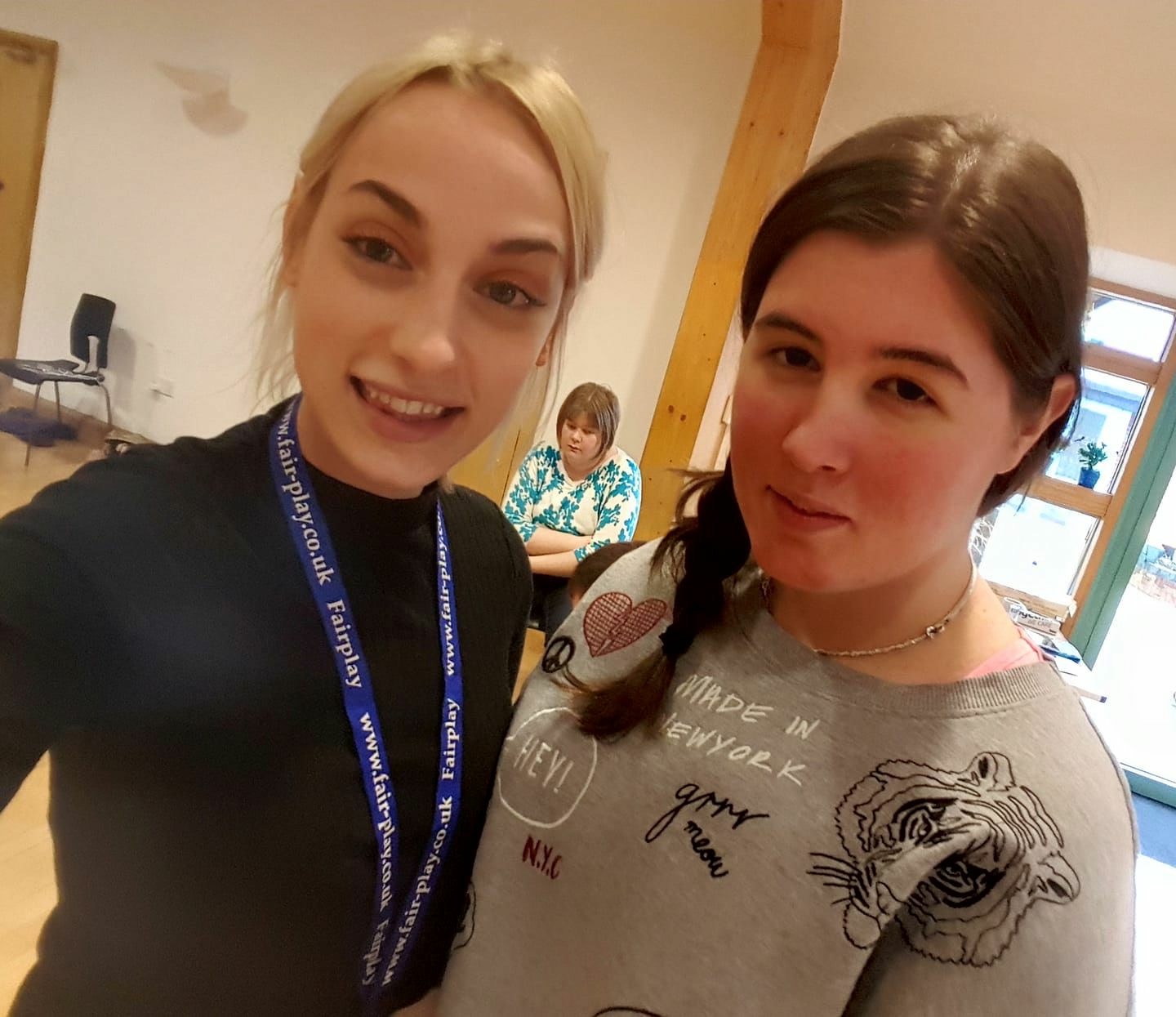Siblings of those diagnosed with Dravet Syndrome have to experience many things that you would never wish your child to see: prolonged seizures, ambulance trips, hospital intervention and challenging behaviour, to name just a few.
They also need to adapt to the day-to-day pressures of living with Dravet Syndrome: the fact that there are times when plans are cancelled, holidays are not possible, sleepovers just too intense and the simple fact that their mum and dad are stressed, worried and exhausted. They may also experience those feelings of isolation or guilt that often go alongside the pressures of living with a disabled sibling.
Despite all these difficulties, many families report how caring and loving siblings can be to their brothers and sisters. Having a sibling with special needs undoubtedly brings challenges, but there’s a positive side too. Living with a brother or sister with Dravet Syndrome helps to teach empathy, kindness and compassion. With the right knowledge and support, siblings cope and adapt, and often develop extraordinarily close bonds with the brothers and sisters.
